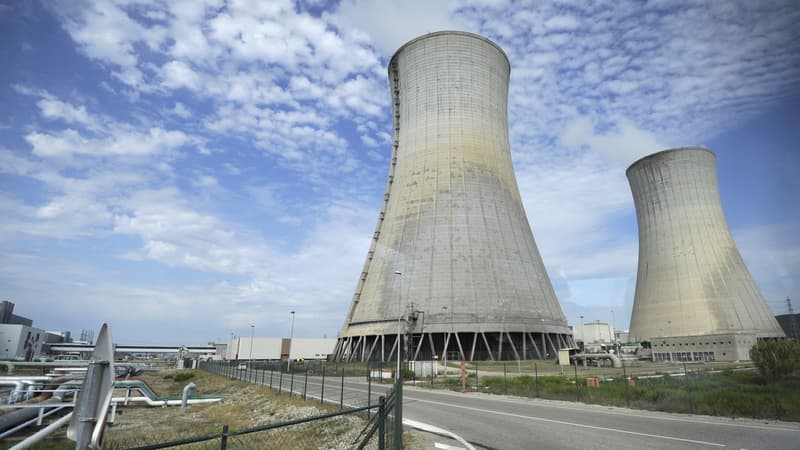The trend is changing for the better on the side of French energy production. While EDF was running late on its schedule to relaunch the nuclear fleet by mid-autumn, in particular due to the social movement at several of its plants, the situation today is quite different. Weeks go by and the power company makes significant strides to restart its various sites. This Monday it has only 13 reactors stopped, less than a quarter of its infrastructure, including 10 due to problems related to the phenomenon of corrosion under stress (SCC).
A Tricastin reactor shut down voluntarily for five days
While a first cold snap put the French power grid to the test just a month ago, temperatures have generally warmed since then, easing the various production levers at the same time. So much so that EDF has had the luxury of shutting down a reactor in Tricastin from Thursday until today to avoid excess production. The energy company justifies this measure in particular because it seeks to save uranium, which it wants to avoid having to replace in the event of a new cold wave in the coming weeks.
This strategy also responds to a commercial challenge for EDF, namely the slowing down of the fall in prices, which have fallen by around a third since mid-December. An encouraging sign that testifies to the reversal of the situation, France has once again become a net exporter of electricity, even at times of highest daily consumption.
The level of the dams at the highest since the beginning of the school year
The drop in mercury also allows “recharging” the other energy production stations that are especially stressed during cold spells, being the only way to store electrical energy to pass consumption peaks.
In this sense, the evolution of the level of the water reservoirs in the last two weeks is spectacular. Filled to 62% on Christmas Eve, the dams saw this rate rise to 71% on Monday, six points above normal.
As for gas stocks, France was forced to draw on them during the previous cold snap, when they had been at their technical maximum for several weeks. With a current occupancy rate of 85%, they remain at a high level in France, as in the rest of Europe. Liquefied natural gas continues to reach European shores, but low gas prices in the Old Continent could direct these ships towards Asia, especially in the event of a recovery in the Chinese economy.
Source: BFM TV


